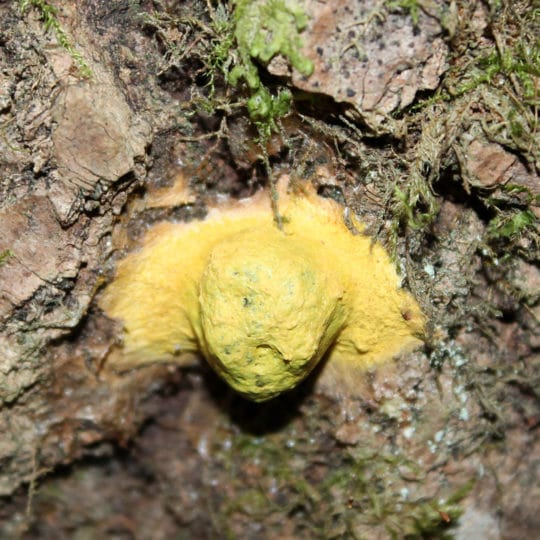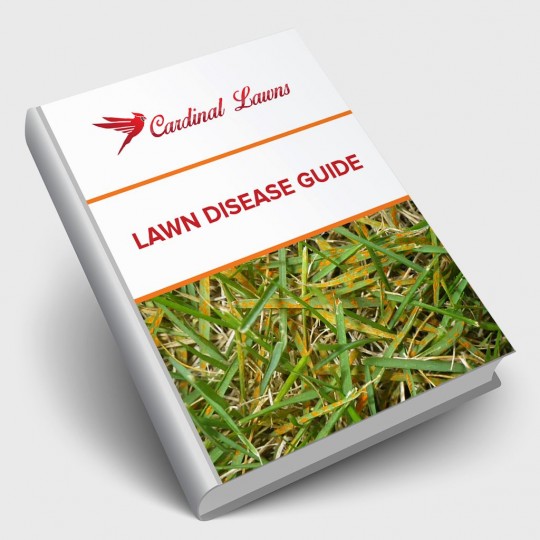What is Slime Mold
And What Should I do About it
Posted
April 18, 2019

Over time, many things start to grow mold if left out. We’ve witnessed this process on certain foods, but what about on things that are always out—like our lawn? There are different varieties of slime mold that grows on grass. It’s not as bad as it looks, but there are still ways to deal with it.
Signs of Slime Mold
Looking out across your lawn, you may notice dark patches. A closer look may reveal a substance of another color. Slime mold spores range from light cream and pink to a more orange, red, or blue hue. While the organism may not look appealing, it’s actually beneficial to your yard. The mold creeps along leaf blades in moist, warm conditions, eating dead organic matter, bacteria, and even other molds. It doesn’t damage grass, but most people remove it because of its appearance.
How Did it Get There
Slime mold spores are transported to grass in the wind. If there’s moisture in warm air, spores bloom and reproduce, creating patches up to six inches across. Mold spores can stick around for many years and continue to come and go in certain conditions. Heavy rains may break up the patch, but it also spreads the spores. The best conditions for mold include:
- Grass with plenty of organic material or thick thatch
- Moist soil
- Cool nights and warm days
- Temperatures between 50 and 80 degrees
Treating Slime Mold
This type of mold is different than a turfgrass disease like rust. Other than the appearance, slime mold is actually good for your lawn. The spores help clear up bacteria, bad fungal spores, and other organic matter on your lawn—leading to healthier turf.
If you don’t like how it looks, it’s easy to rake off the grass blades, wipe off with a broom, or just mow it away. Fungicide treatment is not effective, so not recommended to control the spores.
If you have any other questions about slime mold and what it’s doing to your lawn, contact Cardinal Lawns for more information.

Download Your FREE Lawn Disease Guide
Even the most manicured landscapes are susceptible to lawn disease. Take some time to learn about identification and removal before one takes over your lawn. This handy guide teaches you how to spot common lawn diseases as well as how to properly treat them.